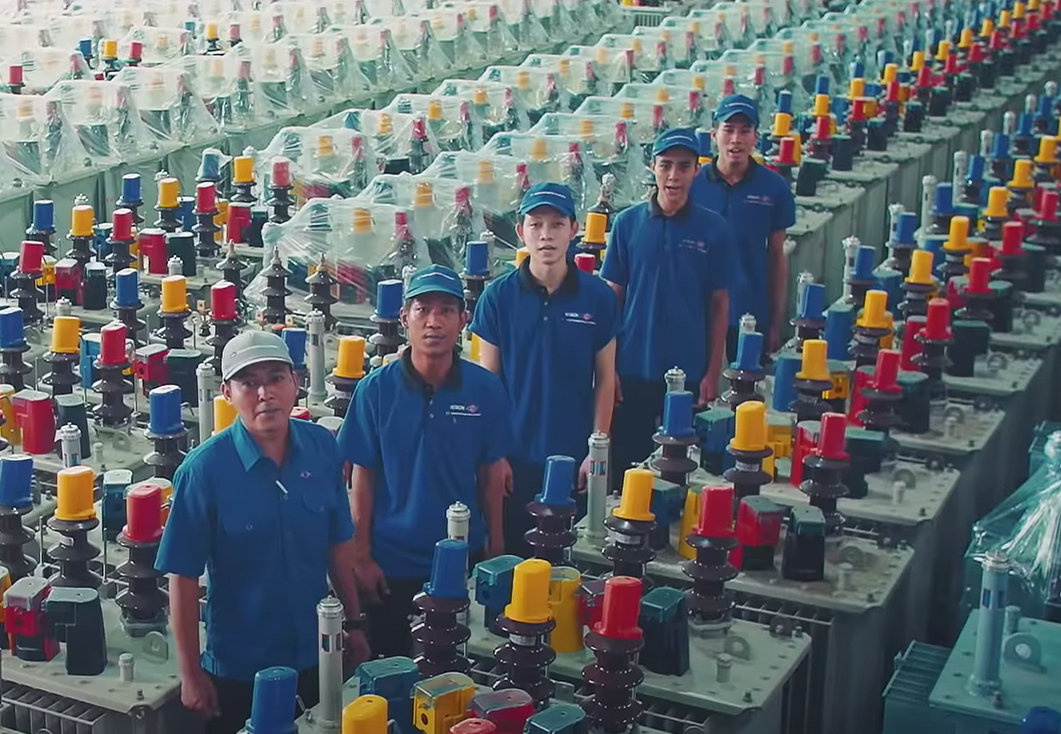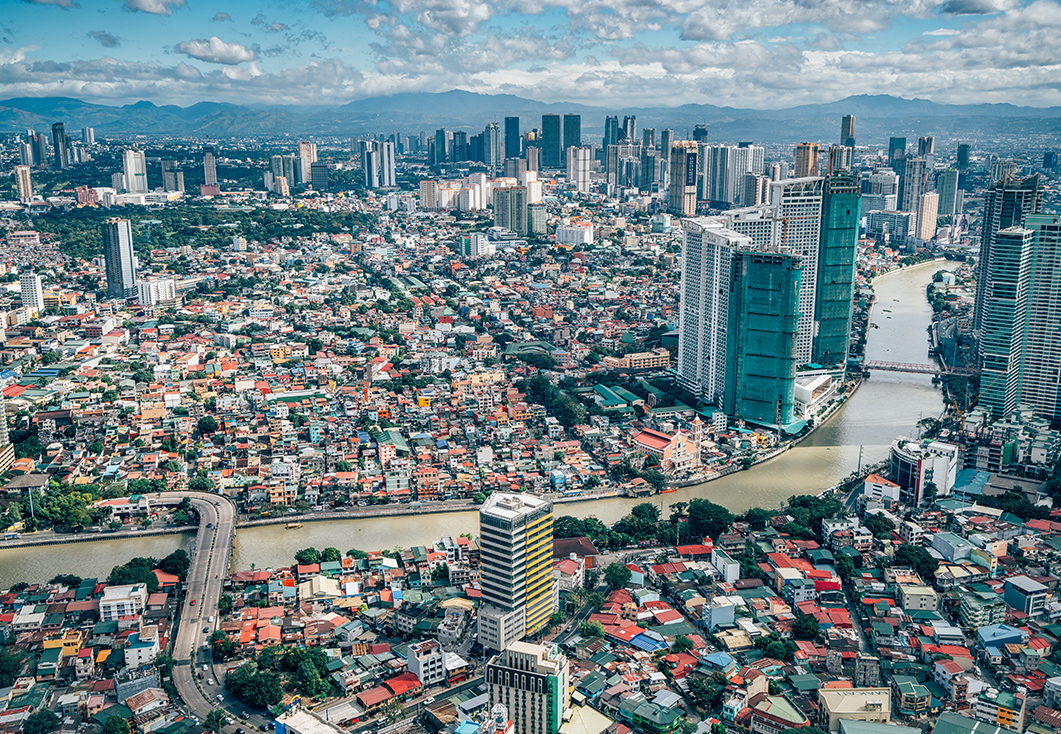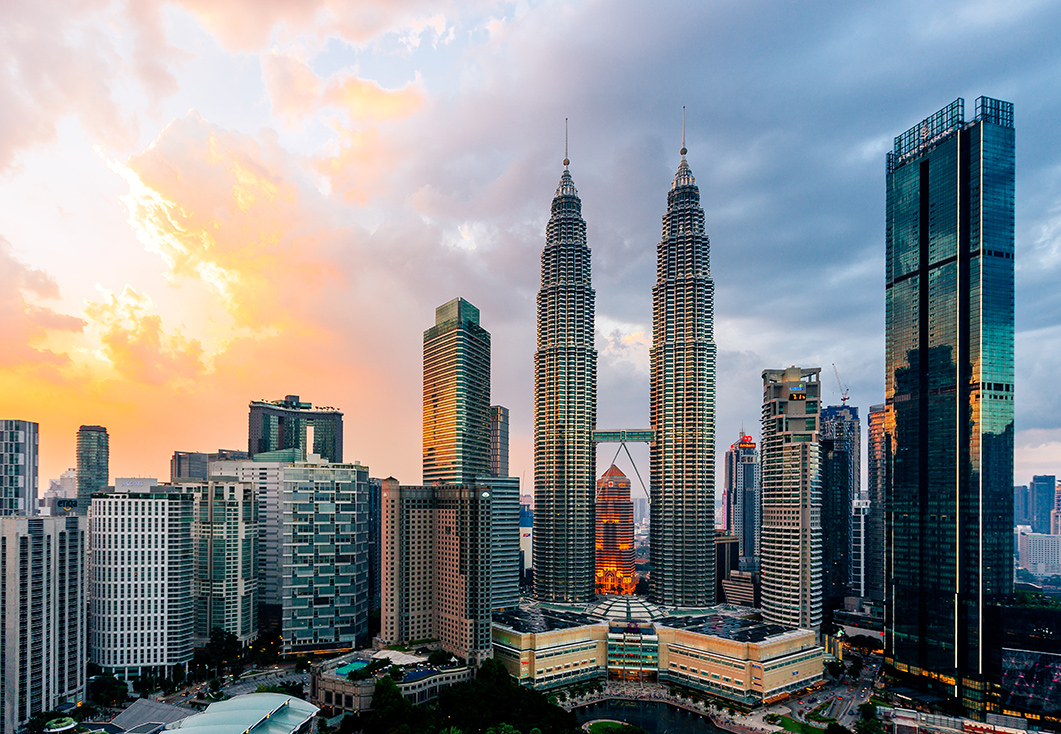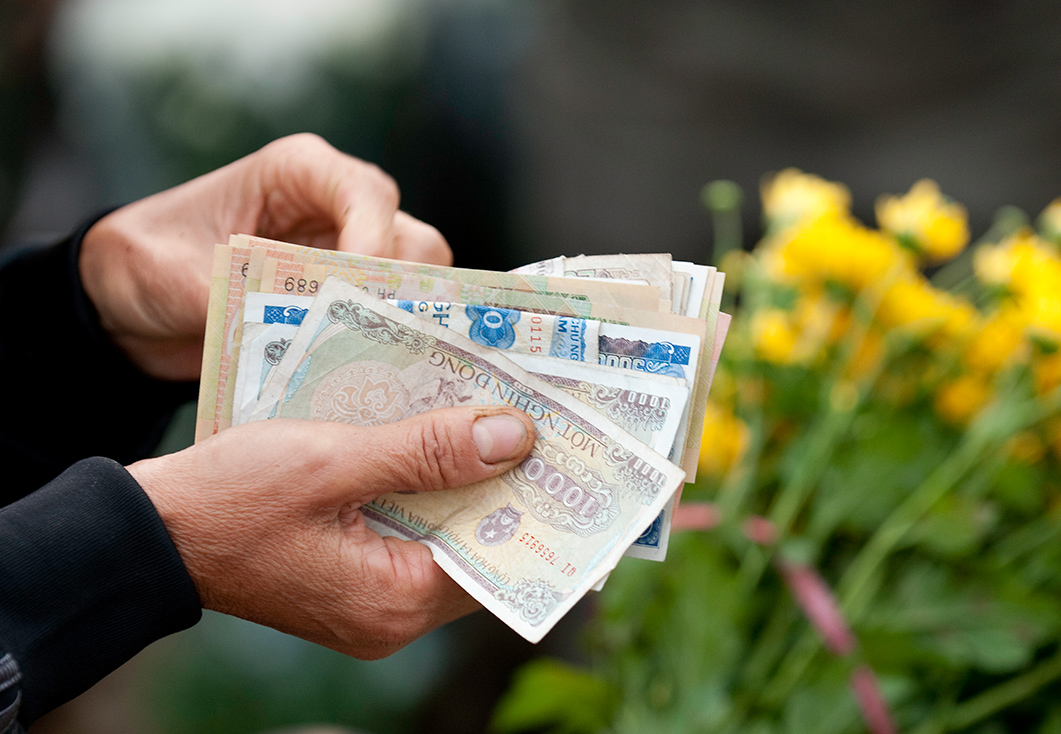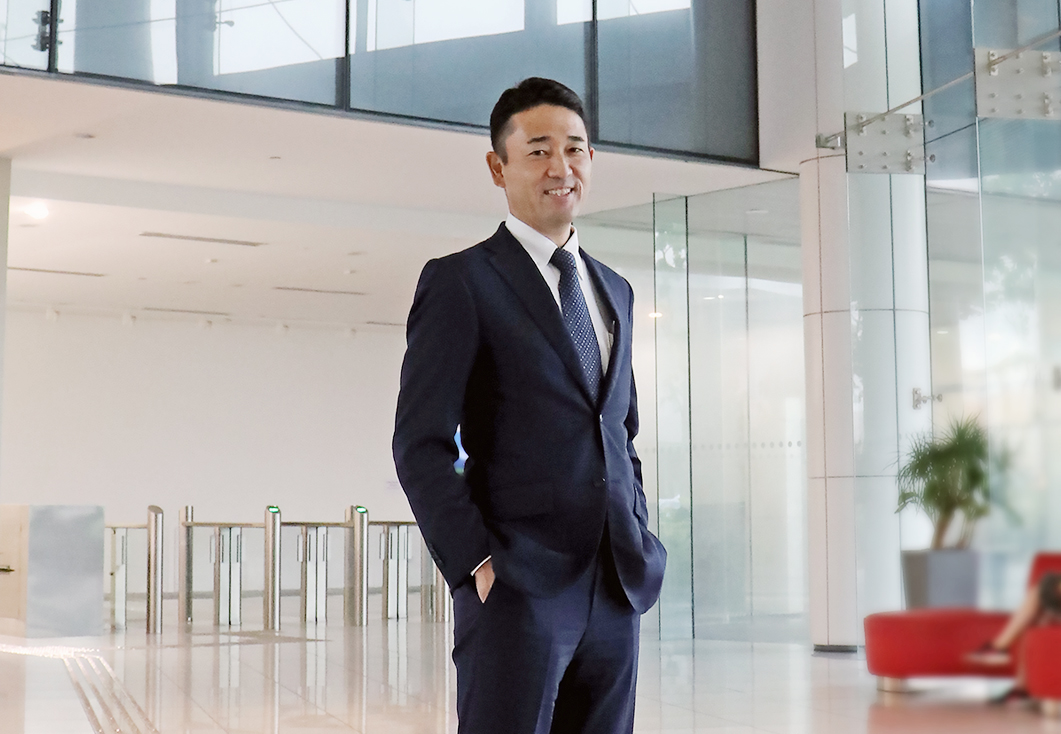The urbanization dilemma
What kind of impact is felt in the region when the changes are so immense?
“Southeast Asian cities have been driving economic growth in the region,” says Vijay Padmanabhan, Director of Urban Development and Water Division in Southeast Asia at the Asian Development Bank (ADB). While economic growth has lifted millions of Southeast Asians out of poverty, undesirable side effects are keenly felt.
“Due to rapid urbanization, Southeast Asian cities have been subject to deteriorating environments,” says Padmanabhan, citing poor air quality, water scarcity, and land degradation as just some of the region’s most pressing issues.
Southeast Asia’s cities are diverse and at different stages of their development. Singapore, a well-established global metropolis, has some of the world’s most sophisticated urban infrastructure. At the same time, Ho Chi Minh City is an emerging megacity, and Yangon has only just begun its journey to becoming a modern metropolis.
Recognizing that diverse growth brings varying issues, Japanese conglomerate, Hitachi prioritized its expertise in implementing innovative solutions to the region’s social infrastructure. From diversifying water sources to smart city technology implementation, here are some innovations that are being rolled out in Myanmar, the Philippines, Malaysia, Vietnam, Thailand, and Singapore.
